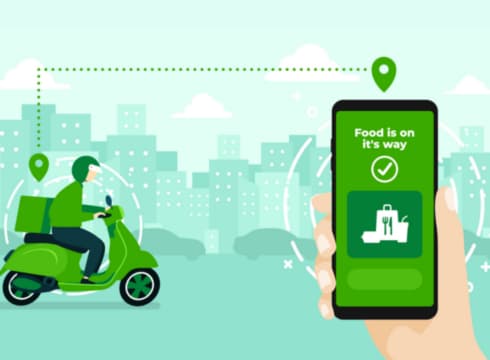Ecommerce or quick commerce is one of the early adopters of electric vehicles
According to industry reports, 15-20% of last-mile ecommerce cargo fleets have been electrified globally
Let's look at a few key considerations that must be made when determining whether the switch to EVs is feasible
Inc42 Daily Brief
Stay Ahead With Daily News & Analysis on India’s Tech & Startup Economy
Businesses with an average daily vehicle utilisation of 100 km per day have begun to turn to green logistics solutions for long-term economic and environmental sustainability.
Ecommerce or quick commerce is one of the early adopters of electric vehicles. According to industry reports, 15-20% of last-mile ecommerce cargo fleets have been electrified globally, either through retrofitted solutions, the replacement of ICE vehicles with EVs, or the introduction of EVs. With proactive government policies, India is rapidly progressing toward commercial EV usage.
However, transitioning to EVs requires considerable thought and planning. We learned early on as an early entrant into the EV market as an OEM that the entire EV ecosystem is still learning how to deploy, operate, and service EVs. The following crucial factors must be taken into account in a decision-support framework for EV viability:
Distribution Demand Forecasting & Route Planning
It’s a common myth that logistics operators need to build routes around the availability of charging stations. On the other hand, EVs can be deployed on several routes that do not depend on public charging infrastructure. It is necessary to have a clear and thorough understanding of the route profiles by carefully analysing the capabilities of EVs.
For instance, we discovered that EVs can efficiently run up to 50% of most customers’ routes without requiring mid-route charging for ecommerce furniture deliveries in urban areas. With increased ecommerce usage, most logistics players’ delivery routes are becoming shorter.
Efficiency Comparison Across Various Usage Scenarios
Vehicle needs of typical logistics operators consist of first-mile, mid-mile, and last-mile vehicles. EVs can currently be deployed efficiently for relatively low payload first- and last-mile applications. However, as the technology matures, EVs will make inroads into mid-mile and inter-city logistics.
Operational Maintenance & Service Dependencies
EVs require less ongoing maintenance. However, a dedicated EV service network that includes driver training, fleet integration, and ongoing maintenance is critical for the ease of EV adoption.
Building this network requires a more thoughtful approach since the traditional ICE service network has been perfected over a century.
Tracking & Monitoring Enablement & Expected Impact
Companies looking to transition to EVs need to factor in IoT compatibility and evaluate how data analytics can be integrated into fleet planning and optimisation.
Economic & Environment Cost Savings
Several governments around the world are pushing renewable energy and offering various incentives to accelerate the adoption of electric vehicles. Companies need to weigh the benefits of transitioning to EVs keeping all these environmental and sustainability targets in mind.
Load Planning & Optimisation
Smarter planning is required for EV cargo fleet optimisation to cover the least amount of distance while delivering the greatest number of packages. Companies can reduce the payload and increase the range of EV vehicles by using lighter materials for both the vehicles and the packaging materials. To optimise distance travelled to weight, data analytics and algorithm-driven technology solutions are being used.
Deploying EVs without the necessary data-driven intelligence will not produce the best results. Companies that have successfully built green cargo fleets have realised the value of being “deployment-ready.”
With the right EV partners, these companies have been able to transition 10%-15% of their aggregate fleets to EV in just 6-8 months, and 20%-30% in a little over 12 months, while saving 70% on average in operating costs.
The electric vehicle ecosystem is rapidly evolving, and companies can improve driver performance through training and the use of smarter IoT devices. With further technological advancements, the transition time will be reduced and the efficiency savings will increase significantly.
{{#name}}{{name}}{{/name}}{{^name}}-{{/name}}
{{#description}}{{description}}...{{/description}}{{^description}}-{{/description}}
Note: We at Inc42 take our ethics very seriously. More information about it can be found here.


